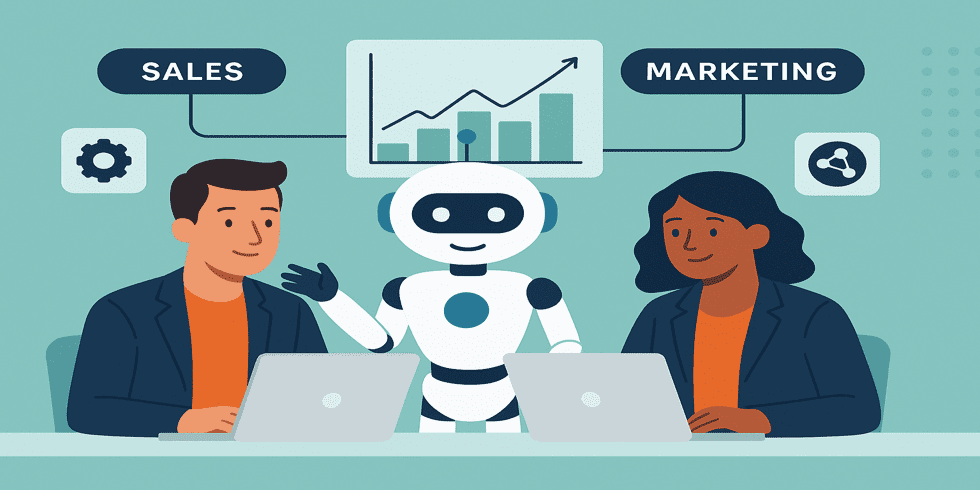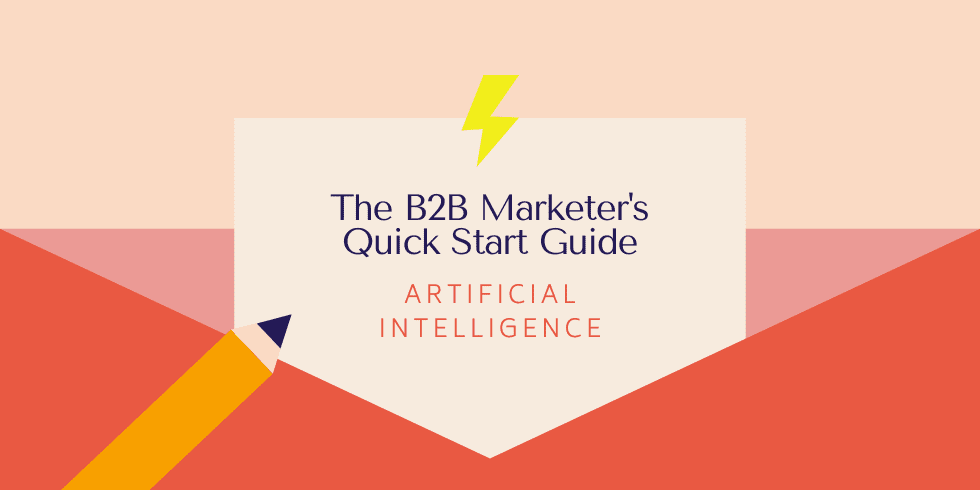Managing Change When Marketing is Always Changing

By: Tom Swanson, Engagement Manager at Heinz Marketing
“This is a constantly changing field”, I was told in my first marketing course. It was literally Marketing 101, and of the many lessons I learned in business school, this one has held the truest. You can prepare students for all kinds of business challenges, but the goal is to get them to think critically, not to equip them with specific tools. The tools change, but fluency in some of the key areas is crucial to navigating that.
All well and good from the perspective of young marketers, but one thing I did not learn in college was how to manage change. This took years of trial and error, understanding what can go wrong in implementing changes across such an incredible variety of unique problems. The skills, however, are invaluable when it comes to a field like marketing. When change is the constant, you need the skills to deal with it. We are good at identifying new trends and directions for our strategies and tactics, but how often to address these challenges:
- Getting executive buy-in to tracking new metrics
- Ensuring everyone is trained and proficient in new tools
- Building communication structures that keep disparate teams aligned
- Knowing how much is too much change too fast
- Knowing when to just sit still and wait (my personal major challenge)
The realm of change management is everywhere in business. Marketers, in my experience, have an easier time adapting to change than other departments. However, great marketing is about the whole business, not just that team. So, when we need to adapt to change, we also need to help others do the same. The rest of this post will cover some ways we are thinking about change management and help our clients enact new strategies, tools, and even simple processes.
Change for the better
Our approach is quite simple, we keep it that way on purpose. Starting with the most granular, each change is comprised of four key elements:
- People
- Process
- Tools/Training
- Communication
When evaluating how change has taken place in an organization, we look to each of these. Together they form a framework that helps us identify where a change may be faltering and diagnosing why.
Before applying any of these though, the first thing to do is study and understand the change itself.
Effective documentation is key to any significant change to strategy, goals, team, or anything else that matters.
Before you pitch a change, write it all out.
Yale has a rigorous change management process that outlines plenty of docs that are helpful to have when going through a big change.
Here is a simple breakdown of what goes into each of these workstreams:
People
This is about getting buy-in from all the right people. Depending on the change, this could be getting buy-in from executives on a new set of KPIs to track, or it could be getting it from your team on a new tool or process. Whatever the case, knowing who to talk to throughout the process will help you get what you need. Friction often arises when stakeholders were not clearly identified and consulted on the process.
This one is pretty simple, but is the most foundational. If people are surprised by this change, or you get notified that someone isn’t on board, return to this step and re-evaluate who you are meeting with.
Process
This is a simple one: do you have this documented?
Does everyone know who needs to be doing what?
If you know you have the right people involved, but things still aren’t working, this is a great place to look. There are plenty of questions you can get at in the process section.
- Are people updating necessary documentation?
- Are there bottlenecks in any steps of your workflow?
- Does anyone seem perennially out-of-the-loop?
- Are deadlines being hit?
These are all potential systems of process-level issues.
Tools/Training
No matter the complexity of a change, some training will be needed. This could be as simple and easy as a 10-minute presentation for minor changes, or it could be a months-long training extravaganza. If you are managing a major change, this is something you need to think about from the start. Once you have identified the people and designed systems to support them, you need to train everyone.
You may even need to bring in outside help. If you are training staff on a new tool, your rep should be able to help. If this change will demand new skills, it is your responsibility to get the training in place to develop it. Otherwise, you are hanging your people out to dry, and that is a fast ticket to a failed change (and many other negative consequences).
Communication
Finally, the lifeblood of business: communication.
If all of the above goes according to plan, communication should be flowing well. However, this is not always the case, and we call it out specifically as it is worth revisiting after the other three are in place. Having all the right buy-in, processes, tools, and training in place, if you are still hung up, then it is almost certainly here.
Symptoms of bad communication can be hard to identify at times. The concept itself is squishy and everyone engages with communication a little differently. For this reason, it is hard to give generalized advice on how to deal with it. We start by asking some questions to understand a team’s communication cadence, then build from there. Here are some examples:
- What tools are they using?
- Do people engage and speak up in meetings?
- Are important communications getting confirmations on receipt?
- Can people articulate what they need to do and when?
Putting it all together
Finally, we look at a change across three phases: Adoption, Alignment, Performance. This is a simplified change lifecycle, and while there is plenty of nuance to dig into, I will keep this overview quite high-level for the sake of brevity.
Adoption
Put simply: is the organization open to the change and willing to do it?
The most important workstream here is people, but you need to have the processes drawn up, the tools identified, and communication channels in place to get buy-in from the people. In essence, this phase ends when everyone agrees to take on the change.
If you did not get past here, it will like lacking buy-in and limited engagement with your change. As this is the foundational step, if you have issues here then it is likely not worth looking further in the framework.
Alignment
The mechanics of your change should be flowing along well, if you have achieved alignment. Everyone knows what they are supposed to be doing and is executing. You are getting feedback and making improvements to the process. Information is flowing freely between teams, and everyone is able to use the necessary tools. In a world of alignment, all is in harmony.
This is rarely the case though. Even with the best of intentions and all the buy-in, many change efforts falter here. The most common culprit is a lack of clarity or understanding on who should be doing what. It is important to note that some alignment issues are expected. You never know what is going to happen when you put a change into a living system.
For that reason, this is the most common area where issues arise. Alignment is a constant balancing act, so don’t be disheartened if you encounter challenges here.
Performance
If a change is fully adopted and the teams/systems are all aligned, then we can finally look at performance.
- What sort of impact is the change having?
- Are the needles moving on the identified KPIs?
- What optimizations need to be made to the strategy?
This is the fun part of marketing, if you ask me anyway. Tracking the metrics and optimizing accordingly is table-stakes marketing these days. The nuance in this one comes from the impact. If you are not seeing satisfactory impact, you may need to re-evaluate your strategy, but don’t forget about Alignment. Looking back into Alignment to see if that might be the cause of slowdowns or lacking impact can save you months of time.
Don’t get so caught up in the fun marketing metrics and strategy that you forget about the logistics behind it. Oftentimes, that is where the real improvements lay.
Conclusion
Change management is always, well, changing.
As we continue to expand this framework and develop/implement changes, we will be updating our approach and documentation. Change management is a never-ending process, as we all seek to adapt and be fluid in the market today.
Please reach out if you have any questions, or need help identifying where your change might need some attention. As always: tom@heinzmarketing.com.
Have a great week!








